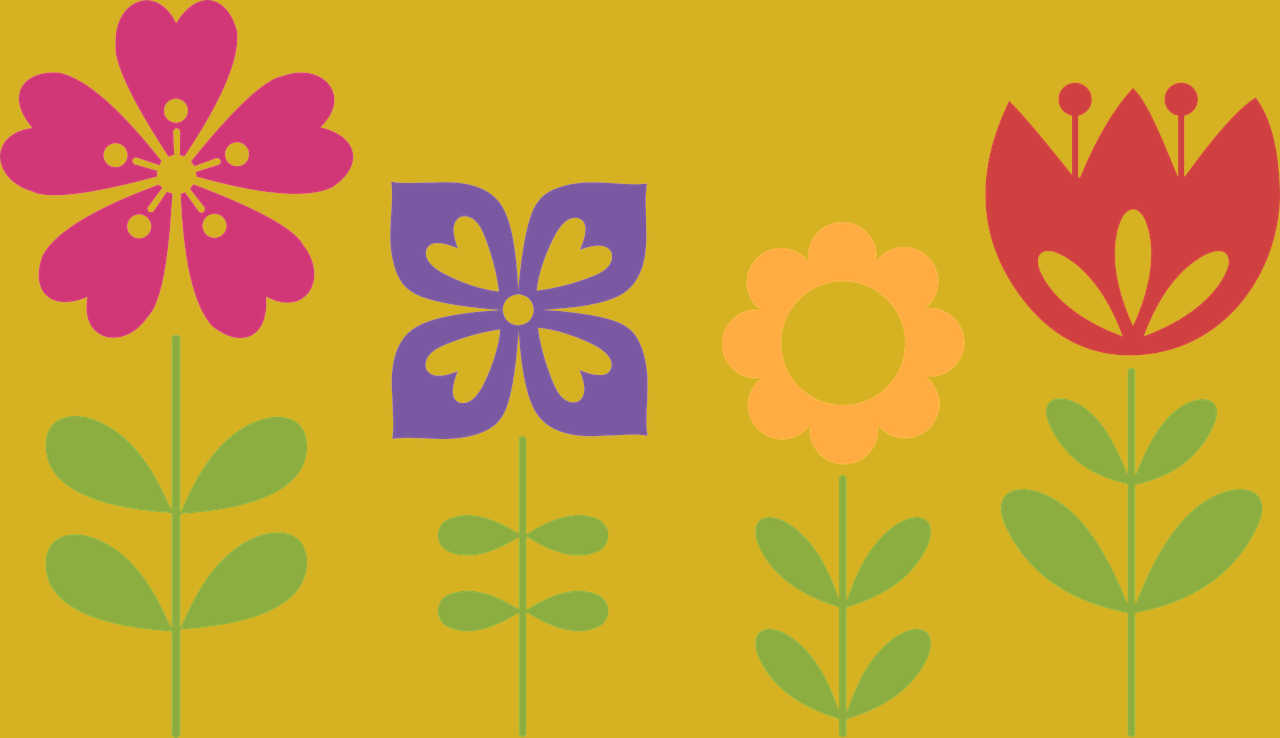Clover, Alsike & Other Clovers (Trifolium hybridum & other species)
Alsike clover is a many-stemmed herb 1 1/2 to 2 1/2 feet high, much like the common red and white clovers, of which it is a hybrid.
Its stems and leaves are not hairy. Its leaves, like those of all other clovers, are made up of 3 leaflets grouped at the ends of the long leafstalks.
There are no crescents in the leaflets. Its flowers, borne in rather compact, stalked heads, are usually pink but range from red to white.
Its seeds are smaller than those of red clover and are dark yellow-green. The flowers of Red clover (Trifolium pratense L.) are usually rose-purple or magenta. The stems and leaves of American strains are generally hairy.
Distribution
Alsike clover is widely dispersed throughout the United States and Canada. It is often found along roadsides and railroads, in fallow fields, and in wastelands. It is also extensively cultivated as a forage crop and for its seed. Several other species of clover, such as white clover and red clover (Trifolium repens L. and Trifolium pratense L.), are also widespread and abundant as escapes from cultivation in varying degrees in Illinois and surrounding states. Low hop clover and yellow hop clover (Trifolium procumbens L. and Trifolium agrarium L.), both yellow-flowered small species from Europe, have become established as weeds on farms and in wild places.
Conditions of poisoning
Trifoliosis (sometimes called dew poisoning, bighead, photosensitization, or big liver disease) is attributed to alsike clover poisoning. Light-skinned animals are particularly affected if they are allowed to graze on alsike when it is wet.
Toxic Principle
- Trifolium hybridum contains an unknown agent which causes primary and/or secondary (hepatogenous) photosensitization.
- Trifolium incarnatum has stiff wiry hairs which cause mechanical injury (impaction). This plant also may cause photosensitization.
- Trifolium pratense — when attacked by Rhizoctonia leguminicola, the muscarinic toxin, slaframine is often present (in the fungal elements) at toxic concentrations. Swainsonine may also be produced but the amount present may be unlikely to pose a substantial toxicologic hazard. Red clover also may contain isoflavone estrogens. Other photoactive compounds may cause photosensitization.
- Trifolium repens has moderate cyanogenic potential.
- Trifolium subterraneum contains genistein and formononetin isoflavone estrogens that cause most if not all problems with this plant. Formononetin is low in estrogenic activity but it is converted to the estrogenic metabolite, equol. Cattle secrete equol more rapidly than sheep and, therefore, are less sensitive.
Clinical signs
Two distinct syndromes are associated with poisoning.
- The first is called “dew poisoning”, and is associated with a photosensitivity reaction: sunburn on non-pigmented skin. Affected areas become painful and form ulcerations, and inflammation/ulceration of the mouth and tongue may also occur along with colic and diarrhea, depression or excitation.
- The second syndrome is associated with recurring bouts of a condition known as “big liver disease”; animals develop a yellowish discoloration of membranes around the mouth, eyes and nonpigmented areas of skin, accompanied by weight loss, central nervous system depression, loss of appetite, incoordination, dark, discolored urine and a greatly enlarged, fibrotic liver.
See Your Vet For Treatment Options


